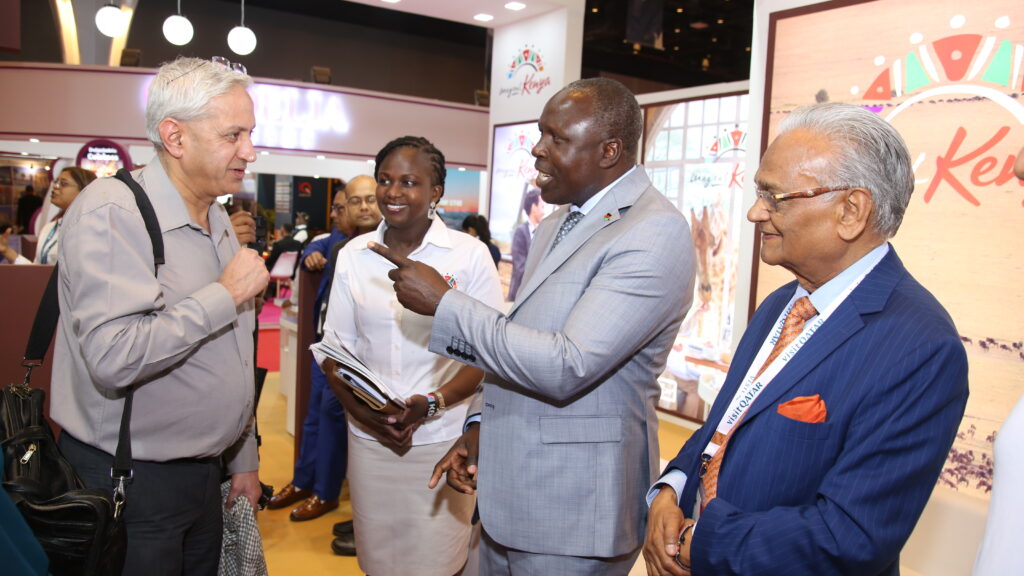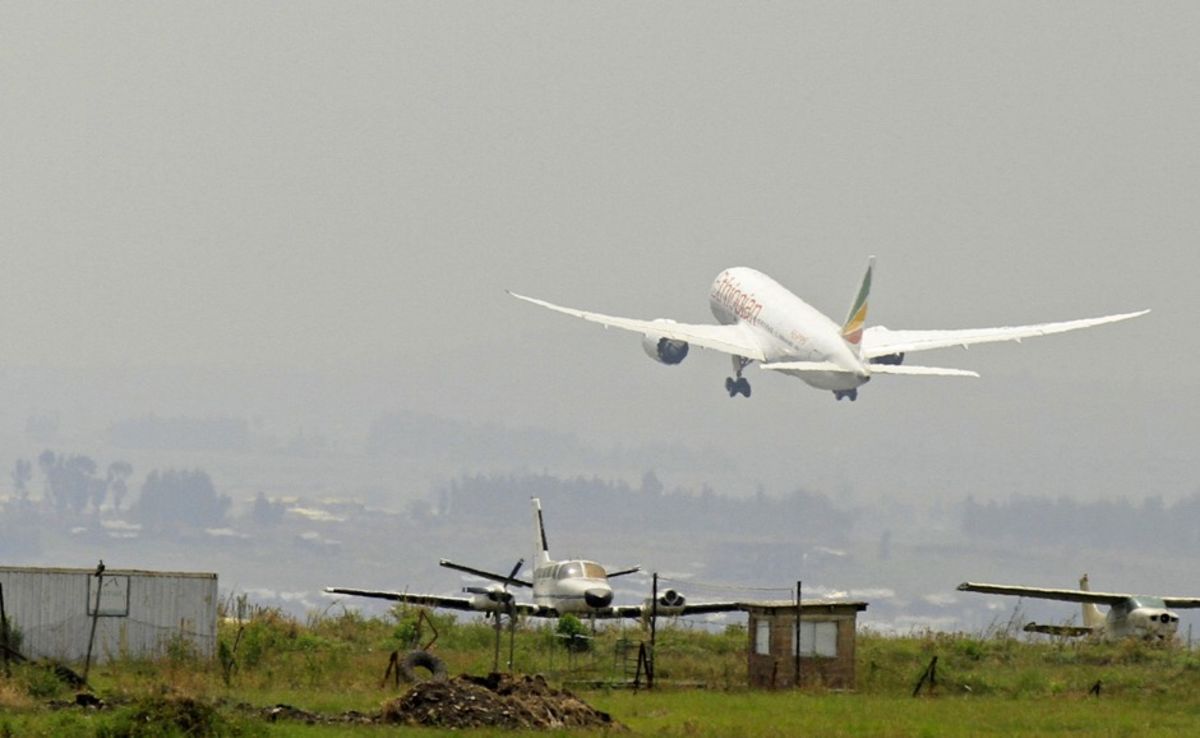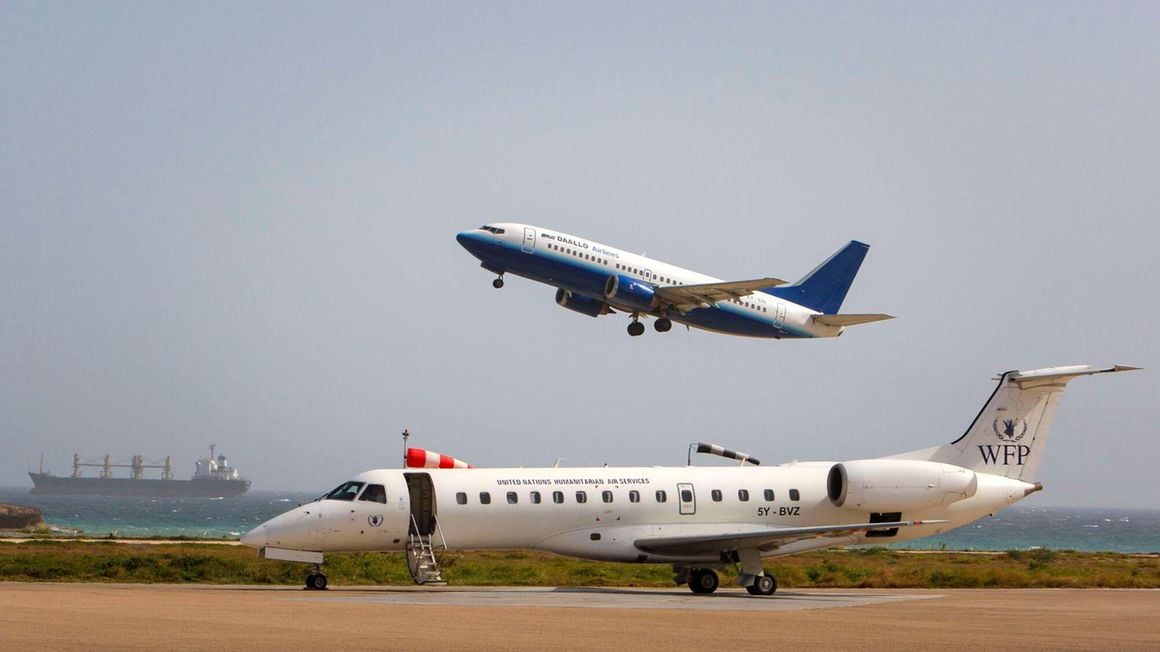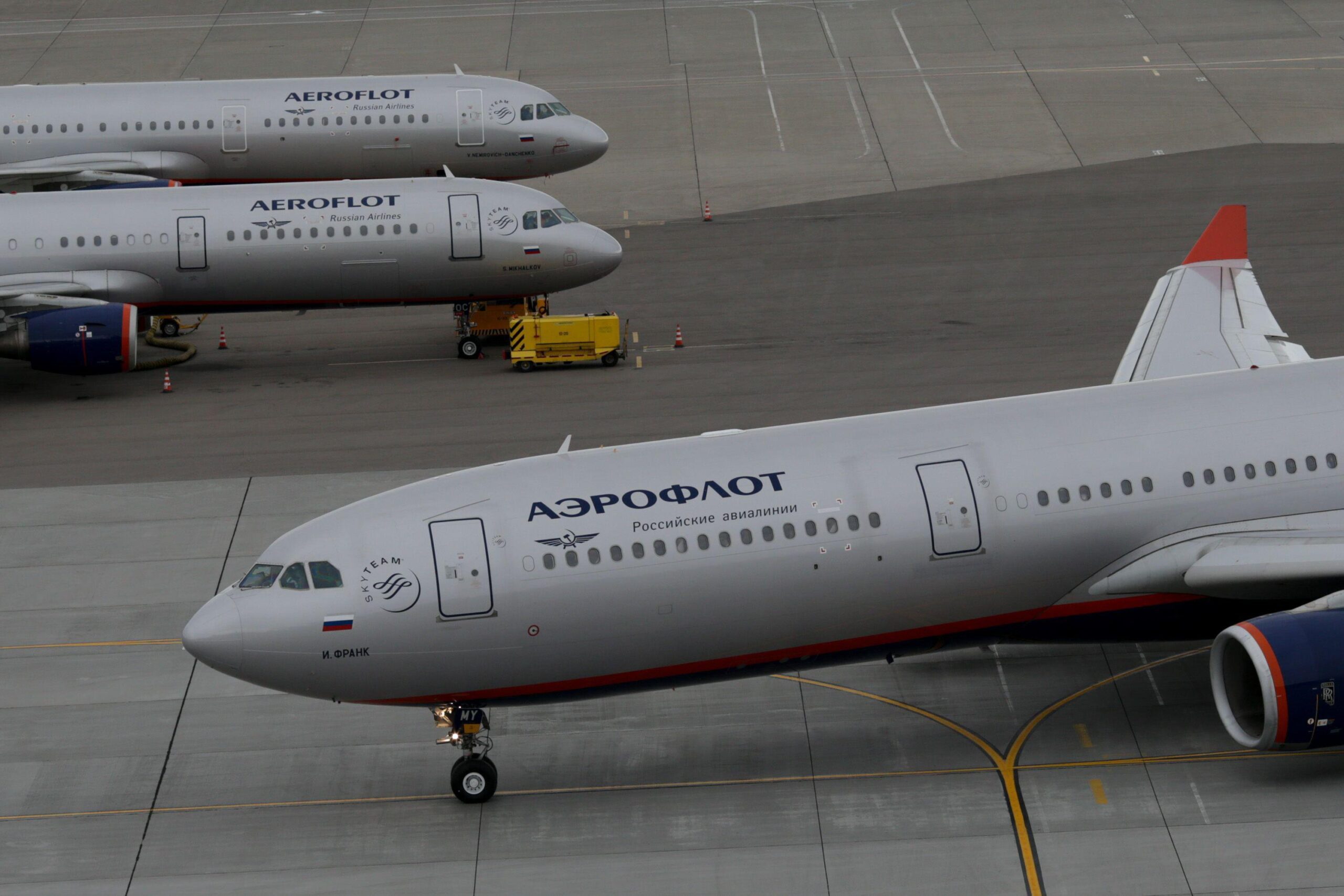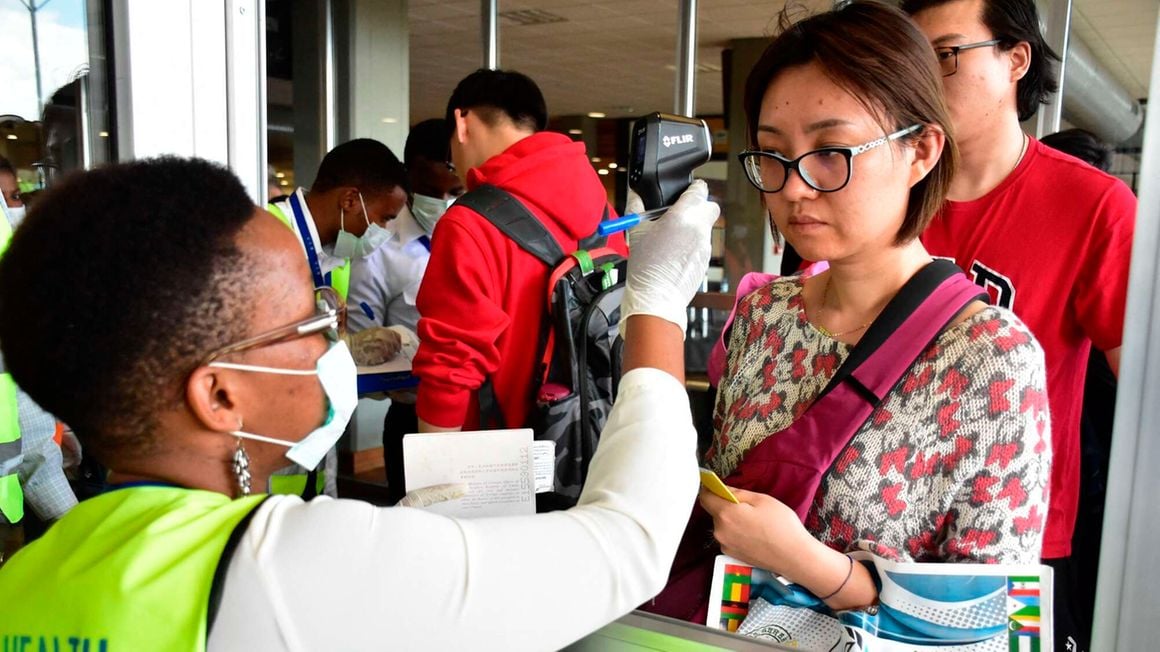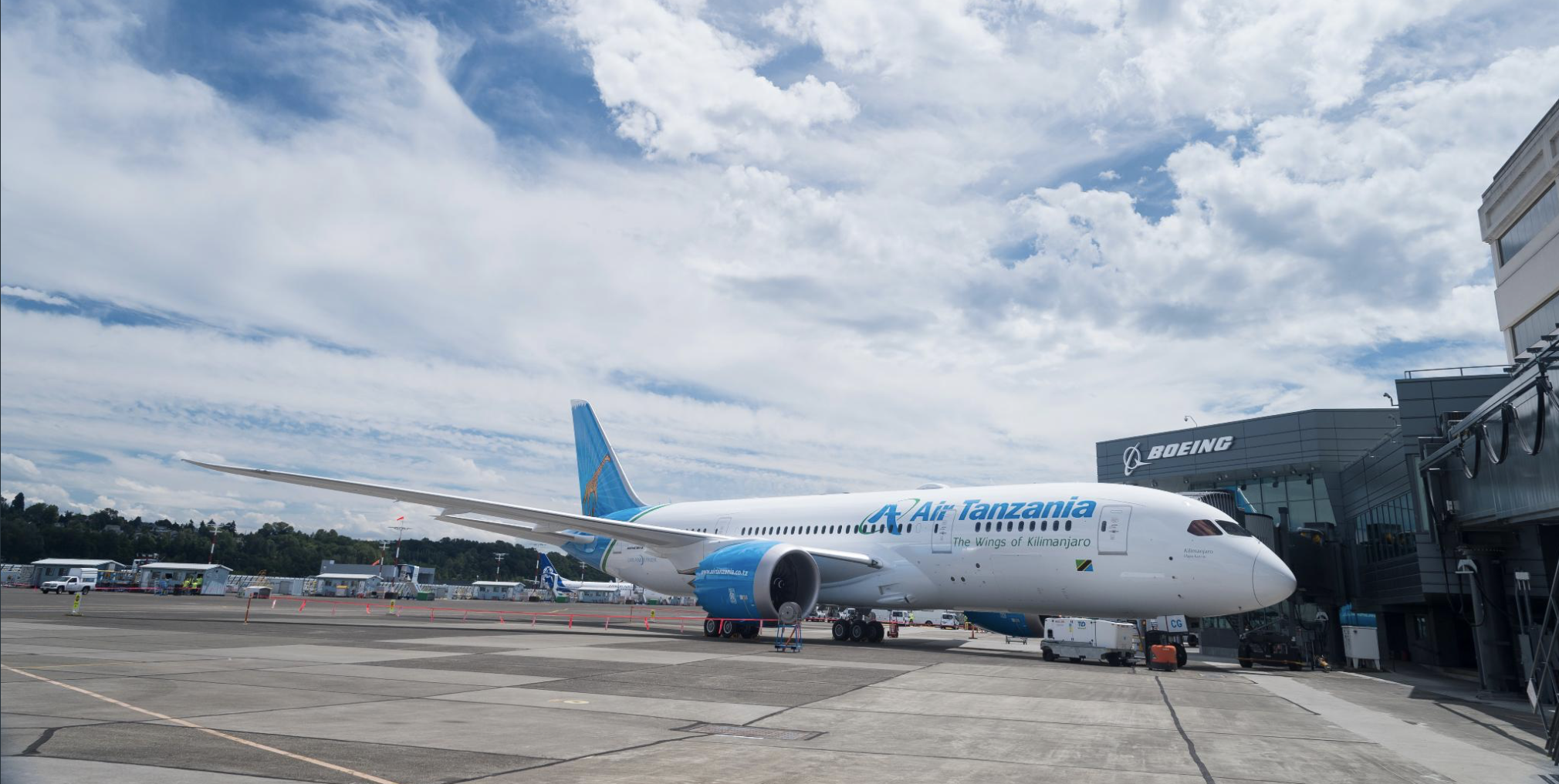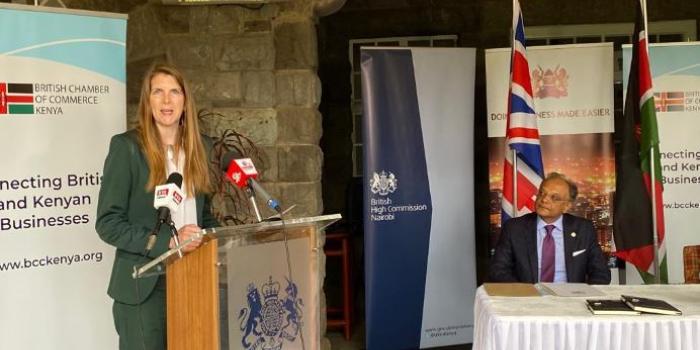Kenya is banking on the increasing appetite for leisure travel amongst Indian youths and professionals to increase its tourism arrivals from the market.
The country is seeking to grow its visitor numbers from India, the top five performing tourism source market to Kenya to surpass the 2019 figures of over 120,000.
In 2022, the arrivals into Kenya from the Indian source market recorded a growth of 93.2 per cent to 81,458 from 42,159 in 2021.
This is a recovery of 67 per cent compared to the 2019 performance of 120,893.
Kenya’s High Commissioner to India Ambassador Willy Bett says the Indian community has the potential to add to the international tourism visitation into Kenya.
He said the current travel trends shows that the segment has the disposable income and is ready to travel to tourism destinations.
“This segment has really exploded in India and is ready to spend for their travels. Kenya is in the right position to tap into this market and grow tourism business,” says the ambassador.
Ambassador Bett, who was speaking at this year’s Outbound Travel Mart (OTM), a tourism fair in Mumbai India, further observed that ease of access and close ties between Kenya and India were major ingredients for the tourism business and other investments into Kenya.
“Besides other airlines, the recent launch of Kenya Airways direct flight from Mombasa to Dubai has an impact on India’s travelers as those seeking beach leisure in the Kenyan coast can fly directly from Dubai”, said the ambassador.
Kenya is increasing its physical presence in India after the Covid-19 pandemic with 14-travel trade participants from the private sector attending a 3-day long tourism exhibition that ended over the weekend and attended by over 160 exhibitors from other destinations.
The Kenyan trade has also mounted roadshows for direct business-to-business meetings with the Indian travel agents in key cities of India including Ahmedabad Bangalore and New Delhi.
The High Commissioner, at the same time, challenged the travel trade to develop packages for golfers, a segment he pointed out was a game changer in revenue receipts to the country.
“Countries like Thailand are getting golfers from India, yet we as a country equally have better golf facilities spread across all regions of the republic. This is an area we need to explore to its maximum, “said the ambassador.
Kenya Tourism Federation Chairman Fred Odek said the exhibitions and other promotional programs by the trade in India are expected to bring tourism numbers from the country to about 130,000 by the close of the year.
He said Kenya was well placed and endowed with tourism resources to compete with other destinations in the world adding that Kenya’s hospitality sector has strived to keep pace with the changing needs of today’s traveler.
“As a tourism sector, we have not been left behind in the dynamic demands of the traveler, the diverse tourism offering to meet the different needs of the visitor and value for money is what has kept Kenya as a destination above others,” said the KTF chairman.
Source: Capital Business

